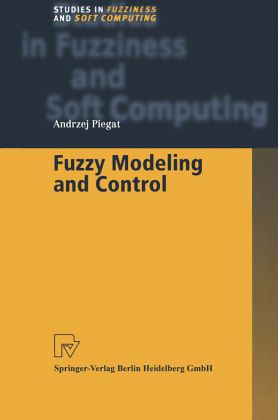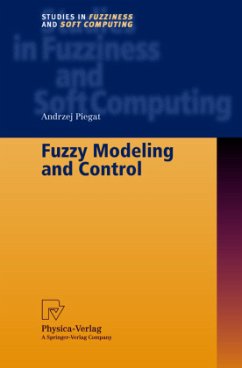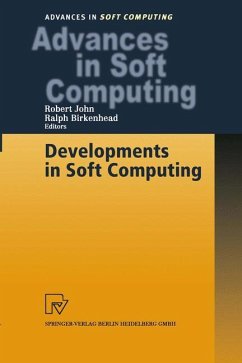
Fuzzy Modeling and Control
Versandkostenfrei!
Versandfertig in 6-10 Tagen
228,99 €
inkl. MwSt.
Weitere Ausgaben:

PAYBACK Punkte
114 °P sammeln!
In the last ten years, a true explosion of investigations into fuzzy modeling and its applications in control, diagnostics, decision making, optimization, pattern recognition, robotics, etc. has been observed. The attraction of fuzzy modeling results from its intelligibility and the high effectiveness of the models obtained. Owing to this the modeling can be applied for the solution of problems which could not be solved till now with any known conventional methods. The book provides the reader with an advanced introduction to the problems of fuzzy modeling and to one of its most important appl...
In the last ten years, a true explosion of investigations into fuzzy modeling and its applications in control, diagnostics, decision making, optimization, pattern recognition, robotics, etc. has been observed. The attraction of fuzzy modeling results from its intelligibility and the high effectiveness of the models obtained. Owing to this the modeling can be applied for the solution of problems which could not be solved till now with any known conventional methods. The book provides the reader with an advanced introduction to the problems of fuzzy modeling and to one of its most important applications: fuzzy control. It is based on the latest and most significant knowledge of the subject and can be used not only by control specialists but also by specialists working in any field requiring plant modeling, process modeling, and systems modeling, e.g. economics, business, medicine, agriculture,and meteorology.














